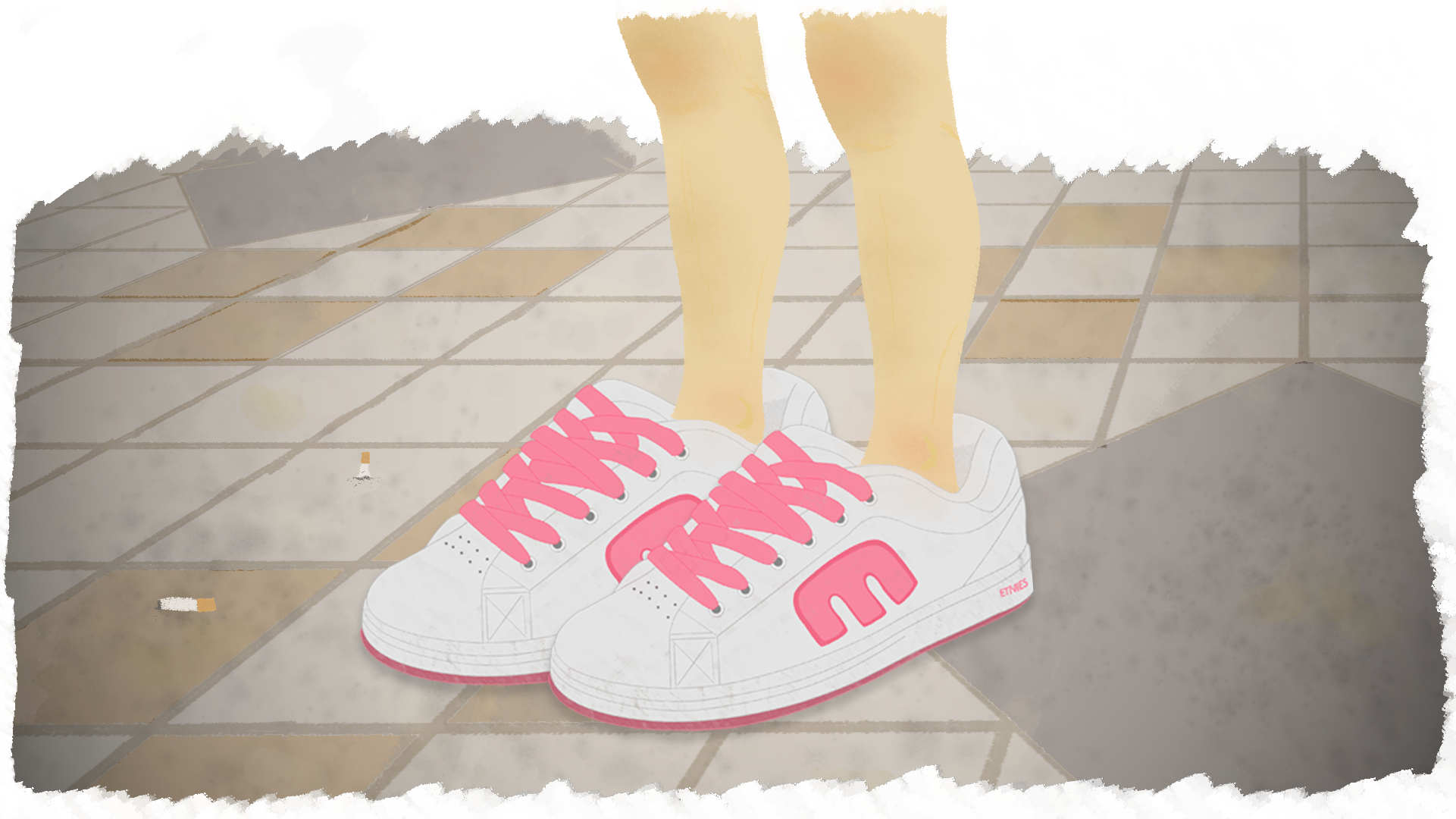
Any young person in the mid-2000s who wanted to look “like a skater” or feel tapped into the skateboarding scene, even if only superficially, probably owned a pair of white leather Etnies Callicuts. Soon after the shoe was released in 2003, it crossed over from skateboarding into normie fashion and blew up. The Callicut became the definitive skate shoe for a generation of non-skateboarders who are now preserved in the following meme:
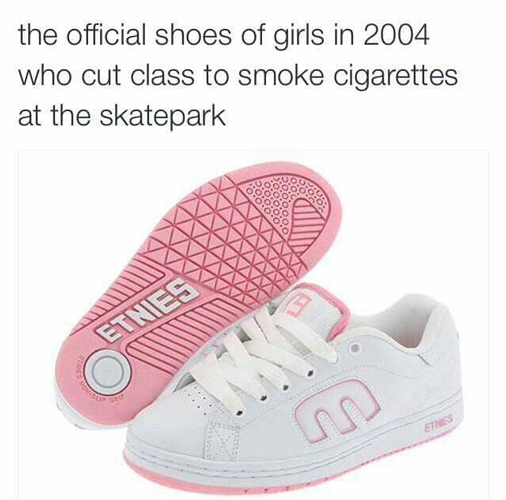
But I never understood why this shoe, of all possible skate shoes, became the shoe for wannabe skateboarders and found so much success outside of skateboarding. So to try to figure out, I went where the archetypal Callicut fans — teenage girls from the mid-2000s — hang out today: Instagram.
@thighsandsighs remembered getting white and pink Callicuts in 2004-2005. “I went down to the mall and made my mom buy me some Etnies in hopes of becoming a cute lil’ punk skater chick,” she wrote.
Another woman, @taylormarieexx, told me she liked the Callicuts because they were the only “girly” skate shoes. “I hung out with all boy skaters so I always had Etnies, DVS, and DC, but these were one of the few that were pink,” she wrote.
“I bought them two sizes bigger and wore five pairs of ankle socks to try to fill them up.”
The most candid response was from @dumb.virgin, who told me she had “a huge surf-skate-poser aesthetic,” and wore Callicuts because their puffy size made her ankles look skinnier. “I bought them two sizes bigger and wore five pairs of ankle socks to try to fill them up.”
The only respondent who looked down on the Callicut was @goth.spice. She called the Etnies “hood rat shoe[s],” and told me she never bought them because “all the hoochies back in the early 2000s wore [them].” To her, Callicuts were shoes for girls who “dress like a skater girl to get at these skater boys.”
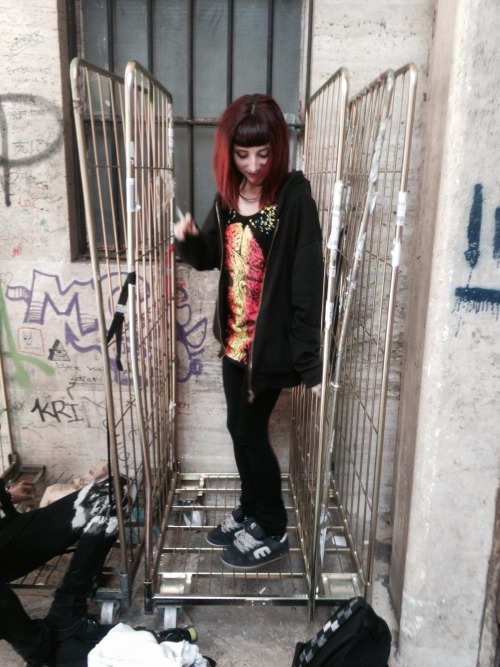
callicut fan from italy (2015)
I asked Don Brown, Sole Tech’s key marketing guy for the past 30 years, if Etnies had targeted this “teenage girl, wannabe skater” demographic in order to spread the shoe. Brown told me they didn’t sell the Callicut specifically as a shoe for non-skaters, but because Etnies had been making women’s shoes for years and selling their products in skate shops and mainstream stores, they had the right footing for a model like this to catch on.
“When it came to the Callicut for girls, it was more that the product was in wider distribution where girls would shop,” Brown told me over email. “When we did a white with pink ‘E’ and a white with baby blue ‘E,’ holy shit. Things went crazy. The bigger retailers like PacSun and Journey’s couldn’t keep the Callicut in stock. I feel that every teenage girl in the world had that white/pink Callicut.”
It’s easy to see why a skate shoe in the mid-2000s would become so popular with teenage girls. Those were the glory days of Bam Margera and Ryan Sheckler making skateboarders into sex symbols. But I wondered why the Callicut in particular became the go-to shoe for girls wanting to get in on that “skater style.”
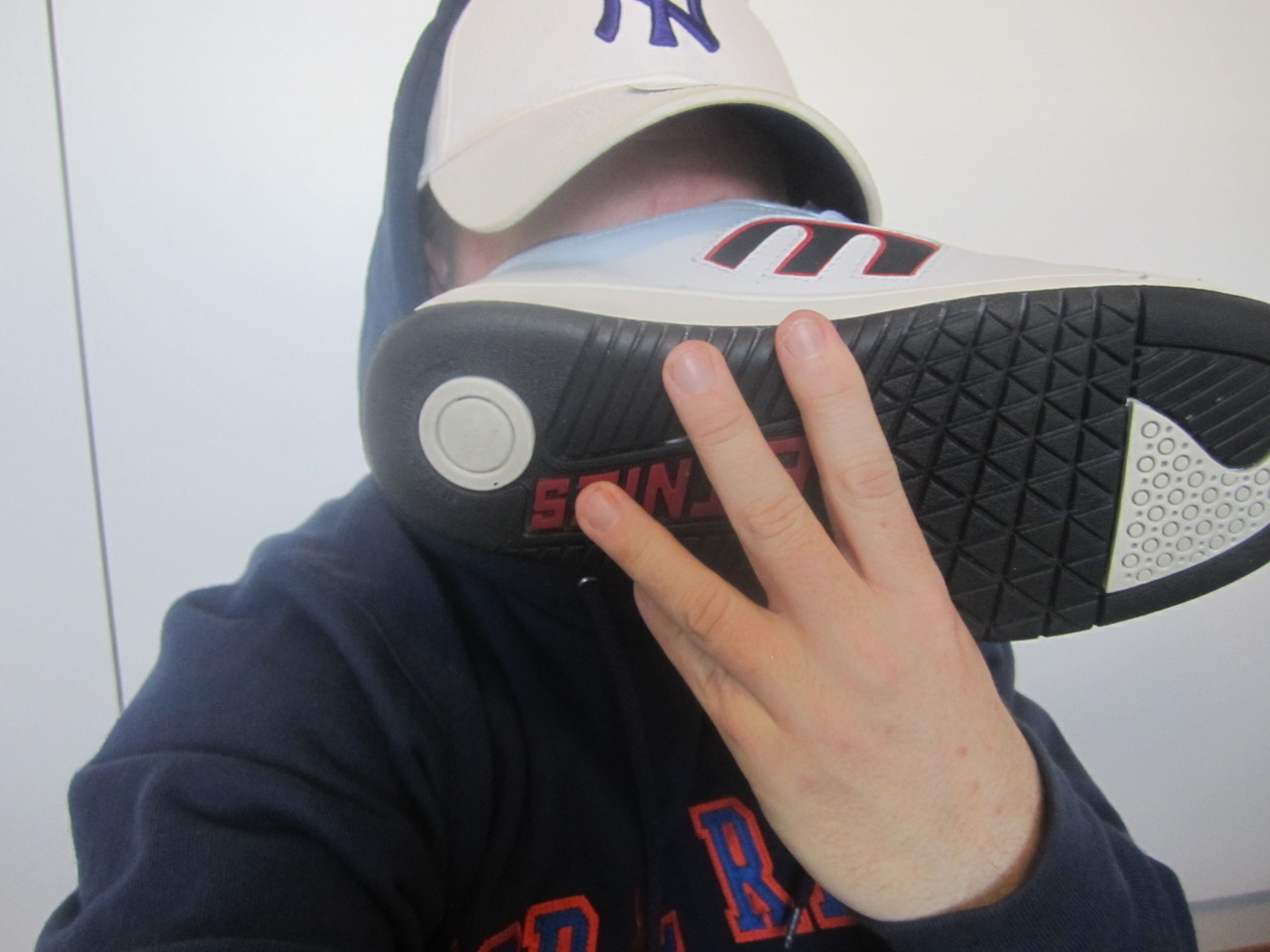
The Callicut’s connection to skateboarding helped it appeal to people outside of skate culture, but I doubt these non-skateboarders would have bought into it so heavily if it didn’t also have a relatively simple, “classic” design. If you wanted to buy a skate shoe back then, all your choices were techie monstrosities. The smaller brands — DC, Emerica, Circa, Osiris, Airwalk — and larger brands — Vans, adidas, Nike SB, Converse — all made shoes that looked extremely specialized for skateboarding.
At the same time, the big footwear brands weren’t pushing their classic shoe models — Authentics, Superstars, Blazers, Chuck Taylors — as skate shoes (unlike how they do today). This left a market gap that Etnies filled. Because anyone who wasn’t a skateboarder, but wanted an inconspicuous skate shoe, was kind of out of luck until the Callicut came along.
Franck Boistel, who’s responsible for iconic skate shoes like the éS Koston 3 and Chad Muska’s first stash pocket kicks, also designed the Callicut. He told me the idea for the Callicut came from wanting to make a skateboard version of adidas’ Stan Smith. “There is no hiding that we coined this design from the Stan Smith,” he said. “Jason Smith [Sole Tech product manager] and I identified something in it that would work in the skate world and we did our twist on it.”
Other skate brands quickly caught onto the court shoe trend that the Callicut sparked. DC made their similar looking Court model, followed by Adio’s Heartagram Bams. Like the Callicut, the Court and Heartagram Bam both had pink colorways that were big hits with the teen girl demographic. But because the Callicut came first, and Etnies had already been selling their footwear in mainstream shoe stores for years, the Callicut had a broader reach outside skateboarding.

suri cruise rocking baby callicuts
Pop stars of the time — Avril Lavigne, Ashlee Simpson, the screamo band My Chemical Romance, and the One Direction kids — all wore Etnies clothes or shoes. Disney made a branded Callicut colorway and gave Callicuts to their kid actors. Etnies even made baby-sized Callicuts that celebrities copped for their children. Just knowing that Etnies made the investment to create kids’ models of a skate shoe shows how successful the Callicut became.
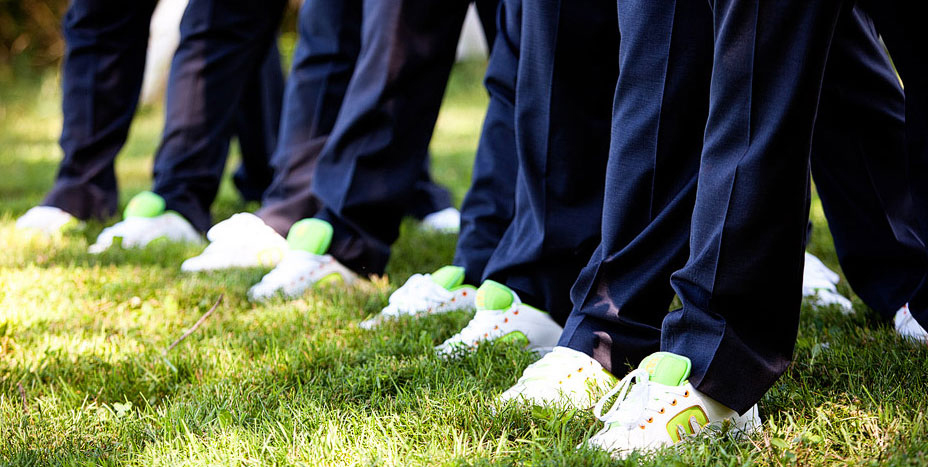
With all this momentum, the Callicuts developed a diehard fanbase. Years ago, Brown and Boistel told me they received letters and photos from women who wore Etnies at their weddings. Though they weren’t able to dig any of these up, I found a guy, Jeff Dolan, who had customized Callicuts made for his wedding in 2011.
Dolan, who’s now in his late 30s and does not skate, told me over email that to him, the Callicut was synonymous with skateboarding. “It was always the iconic skate shoe for me. My wife and I wanted to put our personal touch on our wedding and the shoes just made sense. I still have them, as do my best friends.”
It’s easy to fit a pair of Vans Authentics or Slip-Ons into a wedding outfit, but getting married in Callicuts is not subtle or, I would argue, particularly stylish. That kind of commitment stems from a sense of brand loyalty that goes back to before skate shoes were considered fashionable.
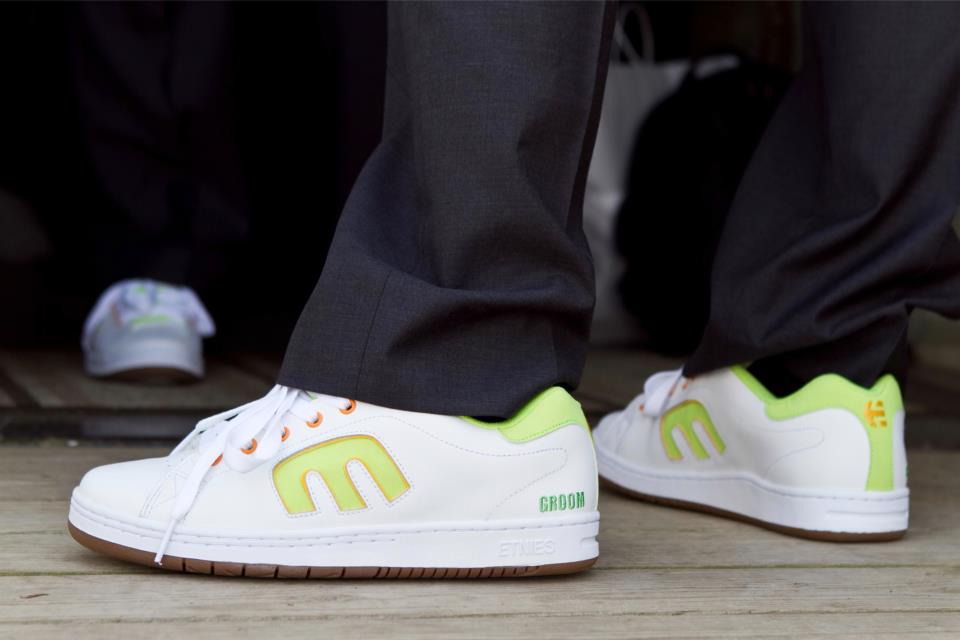
In the Callicut’s heyday, Brown told me Etnies was making 60,000 pairs per month in each colorway. When I asked Brown if the Callicut was especially profitable, he wrote, “Fuck yes. It enabled us to pay our skate team the highest salaries, create events…[and] support all the skate shops.” Brown also told me that when the Callicut blew up, Sole Tech was able to reinvest those profits into their more core shoe brands, éS and Emerica. “We had enormous success doing that and it would bring money to feed all the other brands we had,” Brown wrote.
So although the Callicut fed the growing demand of non-skateboarders wanting to appear to be skateboarders, or really just appear to be affiliated with skateboarding, it also helped its parent company support skate shoe brands that weren’t catering to outside audiences.
For the generation that came of age in the mid-2000s, the Callicut was the first skate shoe to experience huge crossover success. It showed skate footwear brands that making more mainstream models could really pay off, and now the norm for skate footwear brands is to make some if not most of their shoes with casual wearers in mind.
The Callicut fizzled out as skate shoes slimmed down toward the end of the 2000s, but its influence is still felt today in the regular-ass people buying skate shoes because they think they’re “cool.” I know the original Callicut isn’t a fond memory for a lot of skateboarders, but it deserves at least as many cult jokes as the ugliest skate shoe of all time.
Related Posts
Comments
Popular
-
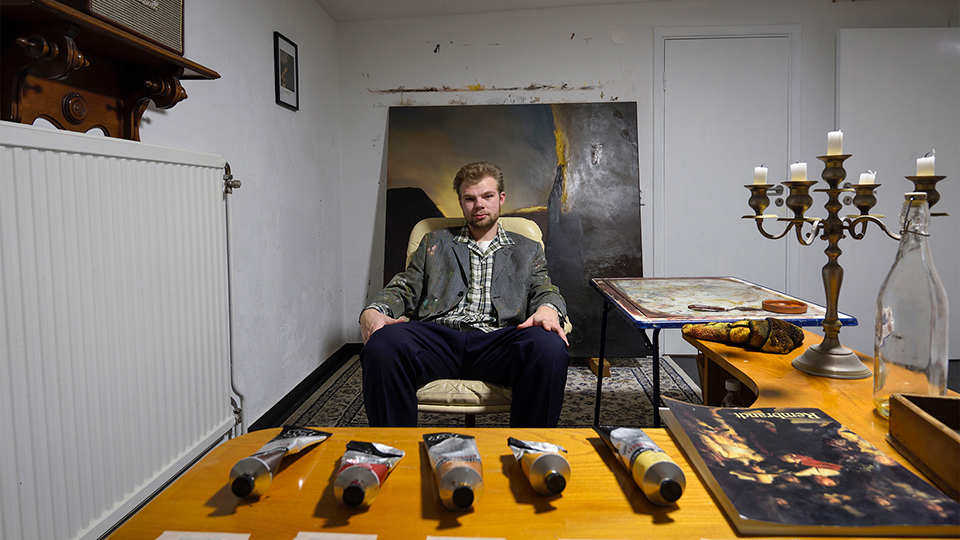 A CHAT WITH LUDVIG HAKANSSON, THE OLDEST SOUL IN SKATEBOARDING
A CHAT WITH LUDVIG HAKANSSON, THE OLDEST SOUL IN SKATEBOARDING
The man loves to read Nietzche, skates in some expensive vintage gear, and paints in his own neoclassical-meets-abstract-expressionist style.
-
 MY HUSBAND TOOK ME TO A SKATE-URBANISM FESTIVAL. HERE’S WHAT I THOUGHT.
MY HUSBAND TOOK ME TO A SKATE-URBANISM FESTIVAL. HERE’S WHAT I THOUGHT.
"I was headed into one of the most intellectually engaging conferences of my adult life. And, it was hosted by a bunch of skateboarders."
-
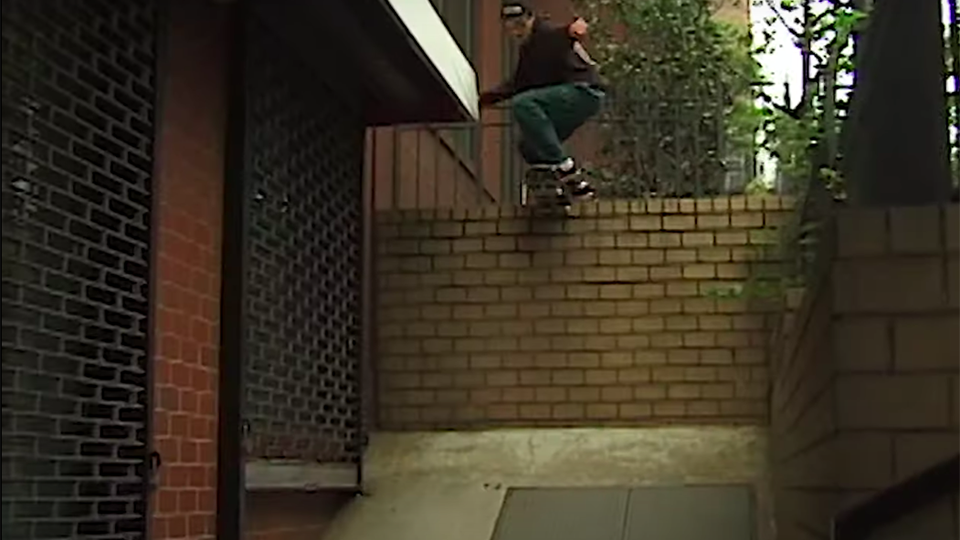 PREMIERE: STEVEN CUSTOZZO AND MICHAEL FALLER IN “HEIRLOOM”
PREMIERE: STEVEN CUSTOZZO AND MICHAEL FALLER IN “HEIRLOOM”
Unconventional tricks at classic NYC spots.
-
 A NEW GENERATION’S TAKE ON WALLENBERG
A NEW GENERATION’S TAKE ON WALLENBERG
Toby Ryan and Dylan Jaeb weigh in on whether or not this formidable stair set's reputation holds up today.
-
 LOUIE BARLETTA ON HIS CAREER AND THE PUSH INITIATIVE
LOUIE BARLETTA ON HIS CAREER AND THE PUSH INITIATIVE
Louie discusses the challenges of maintaining a pro skate career and his new initiative to help those in need.

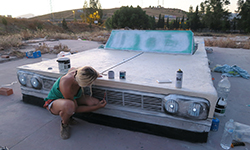
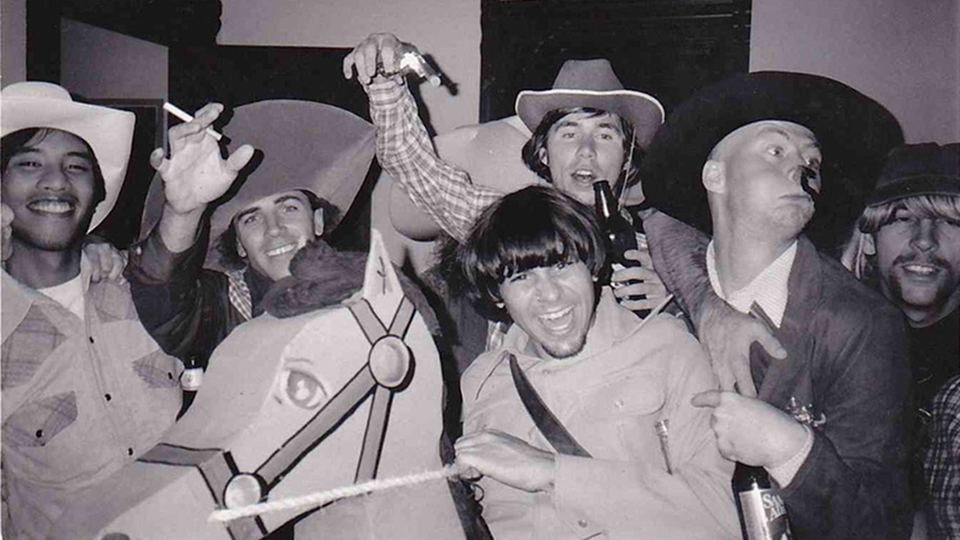
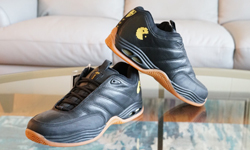
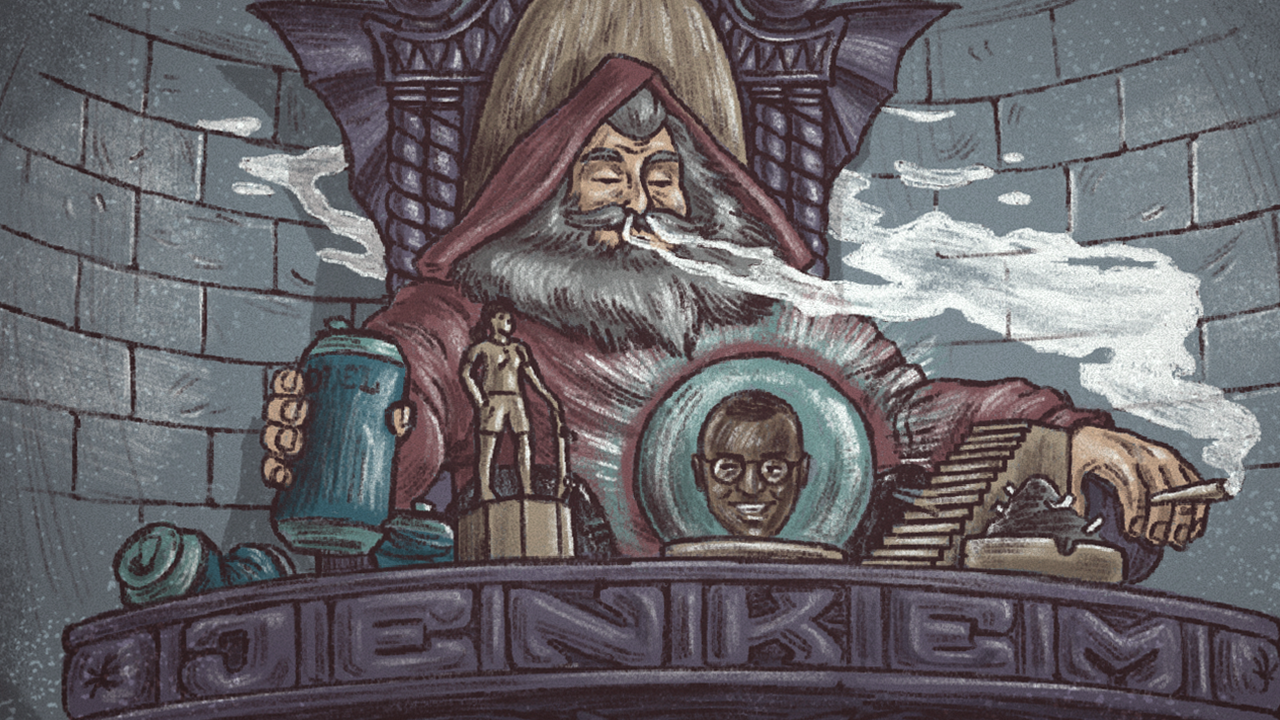
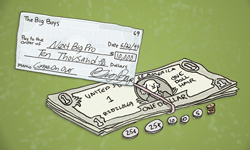
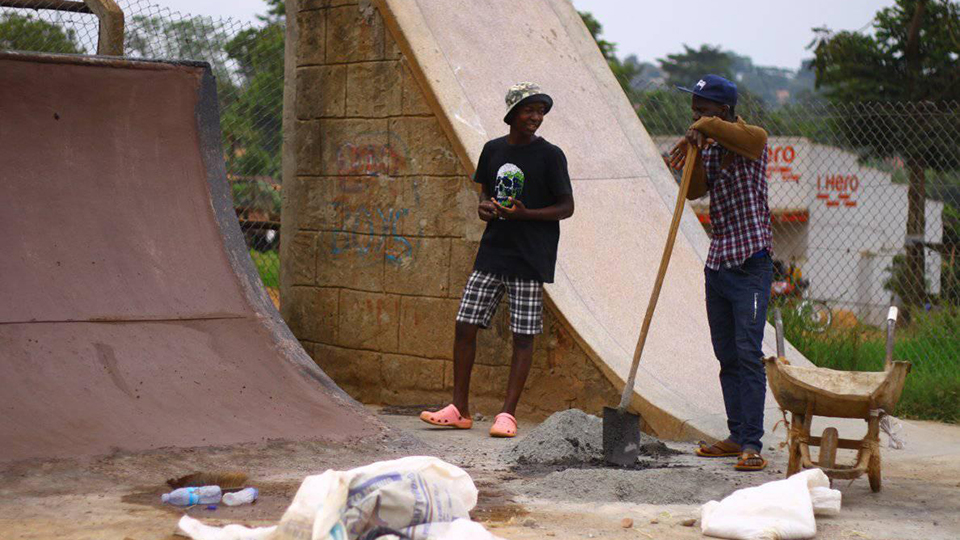
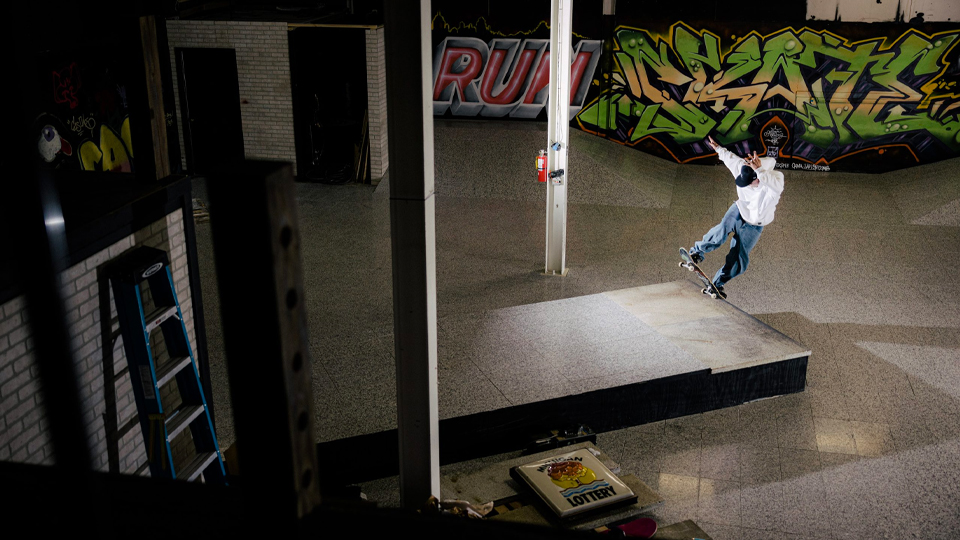
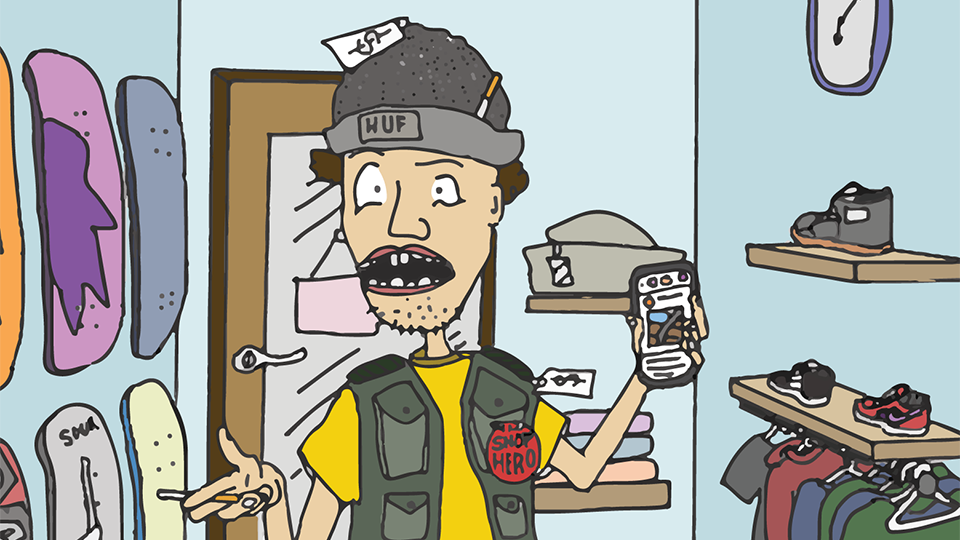
October 16, 2019 9:17 pm
So which would you say you are, sir? A sartorial nazi, shoe snob? Or an elitist ‘people who still go skateboards because they haven’t fucked both ankles enough, yet, or just haven’t decided that they can’t be fucked with it any more, are better than people who walk, ride a bike and don’t go a skateboard’ snob?
I’m into Swiss and Japanese automatic watches, with a penchant for Seiko divers but I don’t go around talking like I’m better than the majority of people who don’t know shit about them and don’t have one, or write on the internet belittling them for wearing a Daniel Wellington or a fucken smart watch.
What’s wrong about someone liking a shoe?
You don’t have to enjoy punching people in the face and dodging getting your face punched, inside a square made of ropes, to qualify for the right to wear Lonsdale skiffs.
And I don’t imagine there would be too many football or basketball players who would take the piss out of fans wearing a team top in the street, or a pair of Air Jordans, or scoff at their freedom to do so, like you seem to think you have a Tony-Hawk-given right to.
Your article is shite. You could have skipped about 700 words and still told us everything that is in it, just by writing ‘Etnies sold an awful lot of Callicuts a few years ago, it was really good for the company, they are reissuing them again and I am a twisted, big-headed, elitist snob and a fucken wee dick’.
September 29, 2020 12:42 pm
its usually posers that are the first to start pointing out things they think make other people posers. jenkem does this all the time and generally have really elitist/judgemental attitudes which they think helps portray them as real skateboarders. or something.
the whole mentality about what makes skateboarders “real” and “posers” is something that’s best left in the 90s (although i’m sure the jenkem owner wasnt even of age or skating in the 90s), and gets absurd to the point of white shirts and other things that have nothing to do with skateboarding.
if you are sitting around judging what articles of clothing make people real skateboarders then the poser is you, and you shoud take a good look in the mirror and recognize that especially in these times, what matters is getting on a board and skating, and nothing else. we don’t care anymore about judging others based on a pair of shoes because it’s an immature waste of time. why don’t you focus on writing articles about unifying ideas rather than puerile, divisive crap.
February 24, 2021 2:56 am
Wtf is this article. I had these shoes back in 96. I use to skate with them ass a kid. Most of the other kids at the time has the Etnies 23.
Never seen people wearing them in the 00s. I wish I never read this article.
July 23, 2023 6:00 am
Ugliest skate shoe of all time? You are a jack wagon.